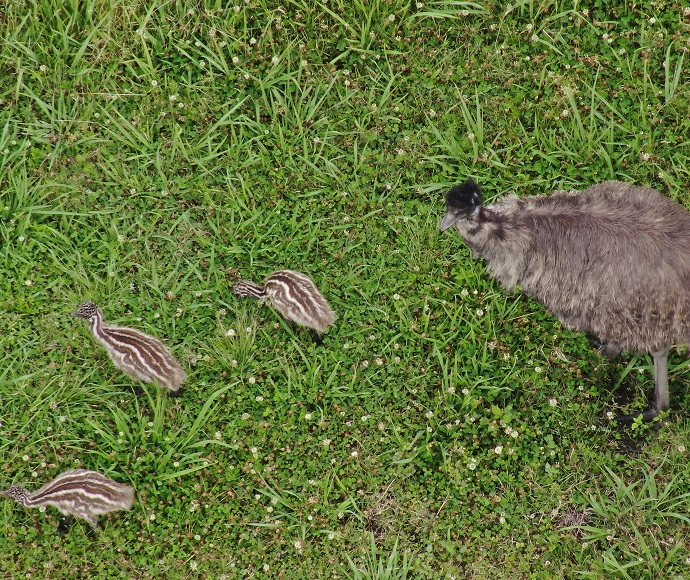If you live in or around the Clarence Valley or Bungawalbin, or plan to visit the area in October, the NSW Government’s Saving our Species program invites you to be part of a vital mission to count and protect the region’s endangered coastal emu population.

NSW Department of Planning and Environment Threatened Species Officer Lia Hooper said the coastal emu is a genetically distinct population and these remarkable birds are found exclusively on the north coast of New South Wales.
‘Formerly widespread across north-eastern New South Wales, coastal emus are now restricted to an area between Evans Head, Red Rock and Bungawalbin,’ said Ms Hooper.
‘These birds play a crucial ecological role by aiding in the dispersal of fruits and seeds over vast distances across the landscape. Coastal emus also hold significant cultural importance to local Aboriginal communities, further underscoring the need for their protection.
‘With an estimated population of fewer than 50 individuals, every single bird counts.
The Coastal Emu Population Survey is happening from Friday 13 October to Sunday 15 October, and your participation will make a substantial difference to our conservation efforts, said Ms Hooper.
There are multiple ways to get involved:
- Join a registered volunteer team: Partner with a threatened species officer from the Saving our Species program to explore designated coastal emu habitat areas.
- Conduct surveys on your property: If you own property within the coastal emu habitat area, you can conduct surveys on foot or by vehicle. Report your sightings using the population survey app or provided paper survey sheets.
- Set up motion cameras on your property: If you have a property within the habitat area, you can also assist by monitoring a site using motion camera devices provided to you.
‘Participating in the survey will provide the Saving our Species team with valuable data that will aid in the protection of this unique and endangered population of birds,’ said Ms Hooper.







